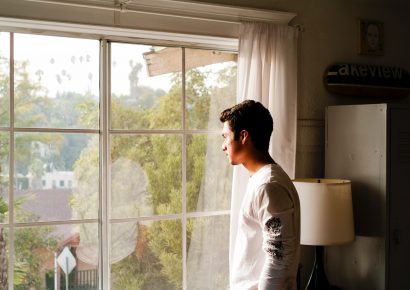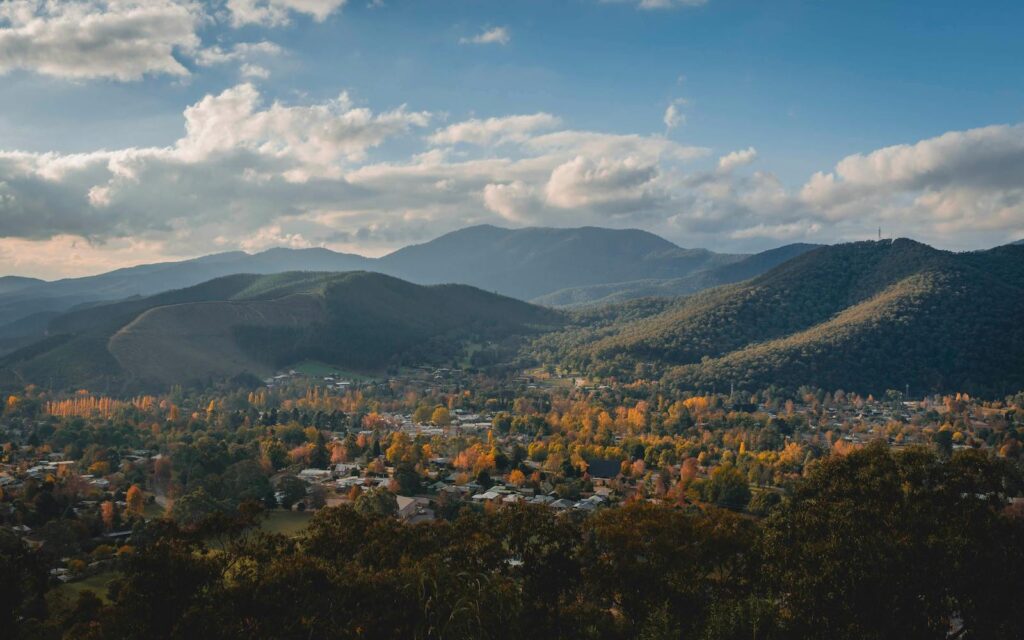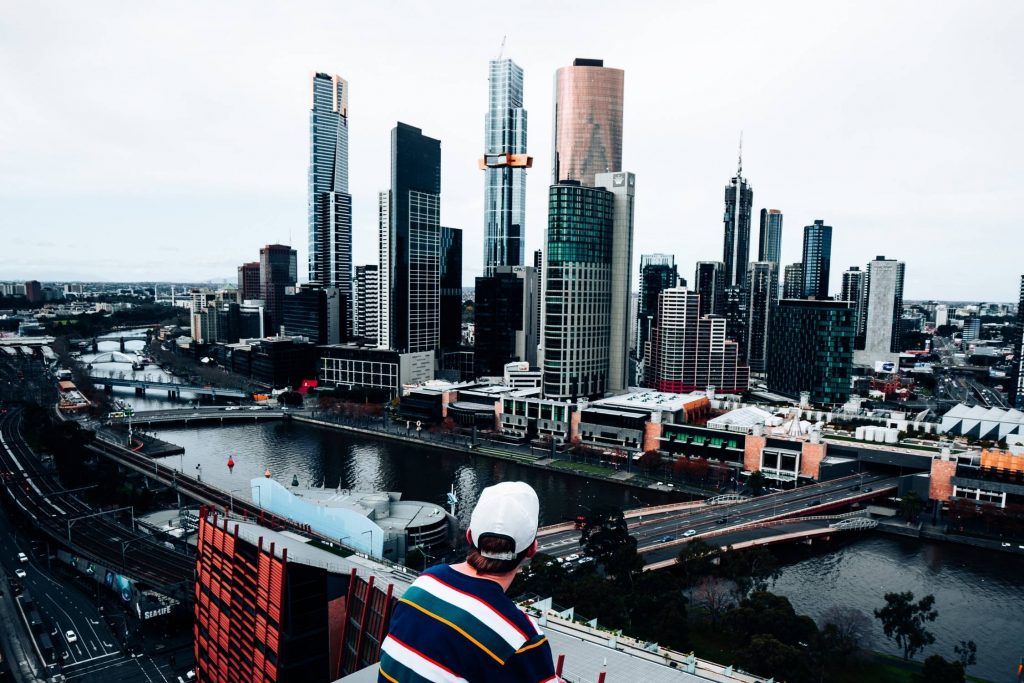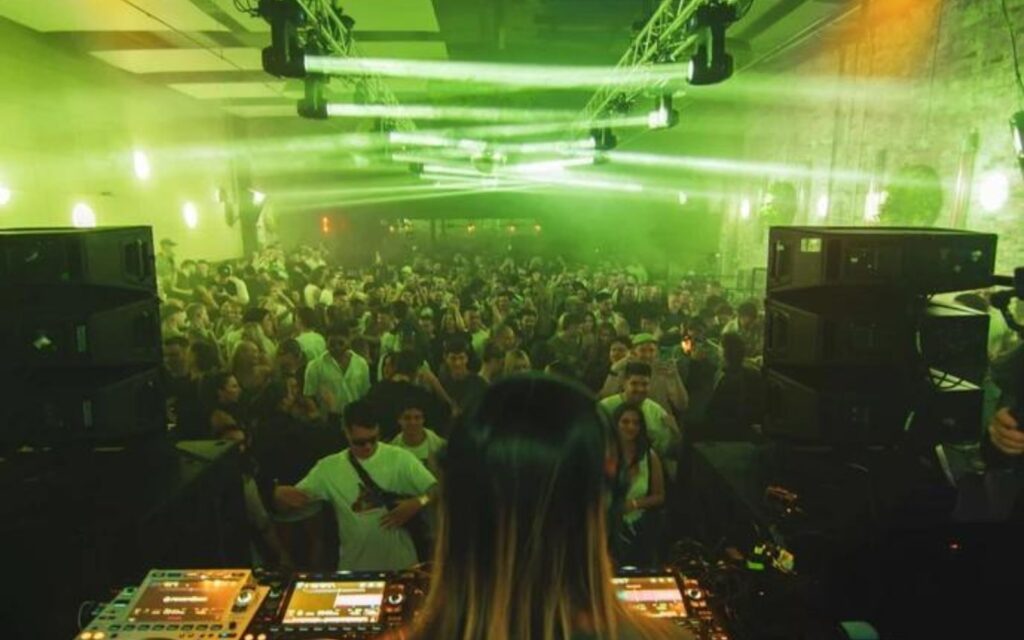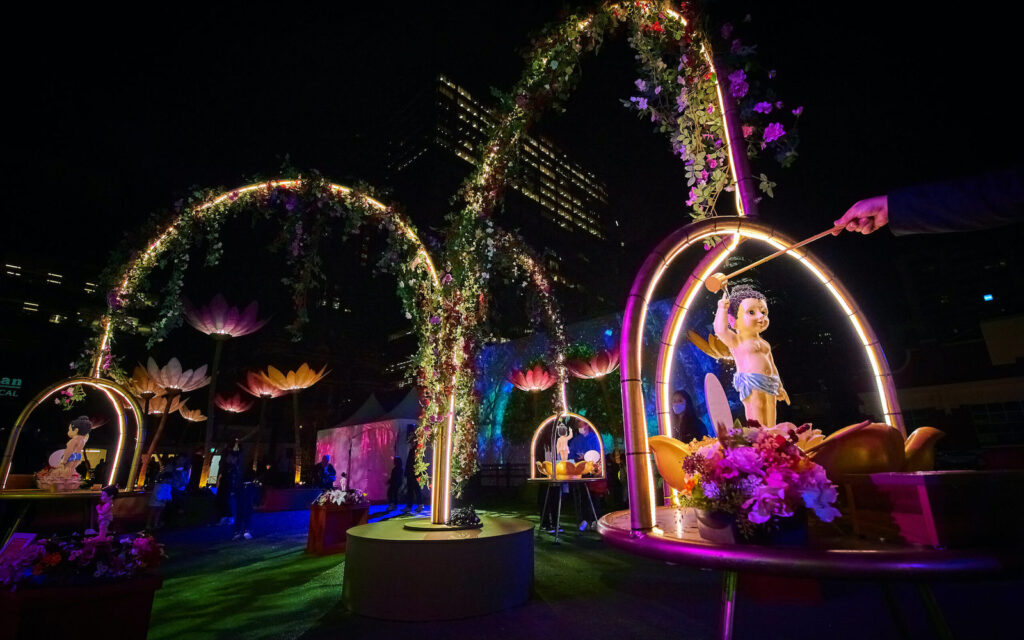Partners still have the go-ahead to visit each other.
Stage four restrictions have just been enforced meaning that from now until Sunday September 13, residents of metropolitan Melbourne will be unable to leave their home unless it is for the same reasons as stage three – for exercise, shopping for food or essential items, to provide caregiving or to seek medical treatment, or for work or study if you are unable to do so from home.
However, there are some additional restrictions in place.
An 8pm curfew has been introduced meaning that from 8pm to 5pm daily, the only acceptable reasons for not being at home during these hours will be to give or receive care or to work. Police will be out during curfew hours performing checks on anyone who is not at home.
You can no longer read a book in the park with recreational activity disallowed under the new restrictions. When it comes to exercise, previously there were no stringent restrictions on the length and location of your physical activity as long as it was within metro Melbourne, however you can now only engage in one hour of exercise per day.
We can no longer exercise with our entire household – no matter who you are out and about with, it cannot be in groups of more than two. You can still meet up with a friend for that one hour of exercise if you wish. The physical activity must remain within a 5km radius of your home at all times.
The 5km rule will also apply for all essential outings, including grocery shopping. Only one person will be able to go grocery shopping once per day from each household.
You are still able to visit your partner even if they live further than 5km away. From our understanding, you can also stay with your partner even if you are not at your original home by the time the 8pm curfew comes into place.
Since March 16 when the COVID-19 pandemic first struck, we’ve been in a “state of emergency”. It’s sounded pretty severe for all of us but pretty much what it meant was that the Victorian Chief Health Officer had greater power than they usually would in acting to reduce risk to public health.
Under the state of emergency, they had the ability to detain people, prevent entry to premises, restrict movement or provide any other directions considered reasonable in order to slow the spread of infection, reduce pressure on the healthcare system and all in all, minimise the risks of COVID-19.
As of August 2, however, we have shifted to a “state of disaster”. Within these new guidelines, the issue is now beyond public health. A state of disaster is put in place to address issues concerning occurrences such as natural disasters or terrorism. Yet, it can also be enforced to deal with “a plague or an epidemic”.
You might remember a state of disaster being put in place when the recent bushfires took hold. However, they were only specific to the concerned regions directly affected by the fires. As of August, a state of disaster has been applied for the entirety of Victoria.
So what does that mean for us?
Well, it has no direct influence on us, rather, the influence is further up. The Victorian Police and Emergency Services Minister now has more power than before. They can now direct government agencies to act in accordance with their own advice and distribute government resources as necessary to respond to the situation.
The Police Minister now also has the power to override legislation.
All in all, Premier Daniel Andrews has now afforded the Police Minister more power – how that actually eventuates remains to be seen.
Get the full rundown of the stage four restrictions here.
Note: The region of Mitchell Shire has now been separated from metropolitan Melbourne and will continue with stage three restrictions alongside regional Victoria.
Never miss a story. Sign up to Beat’s newsletter and you’ll be served fresh music, arts, food and culture stories three times a week.

